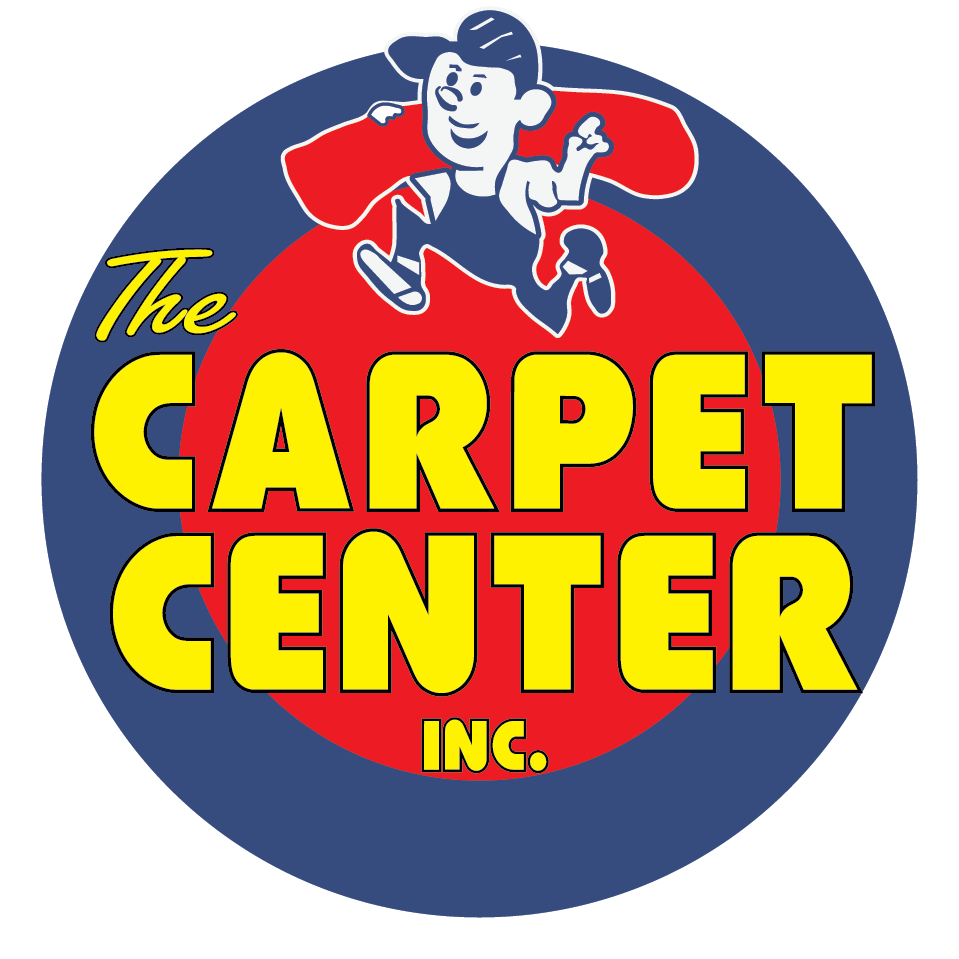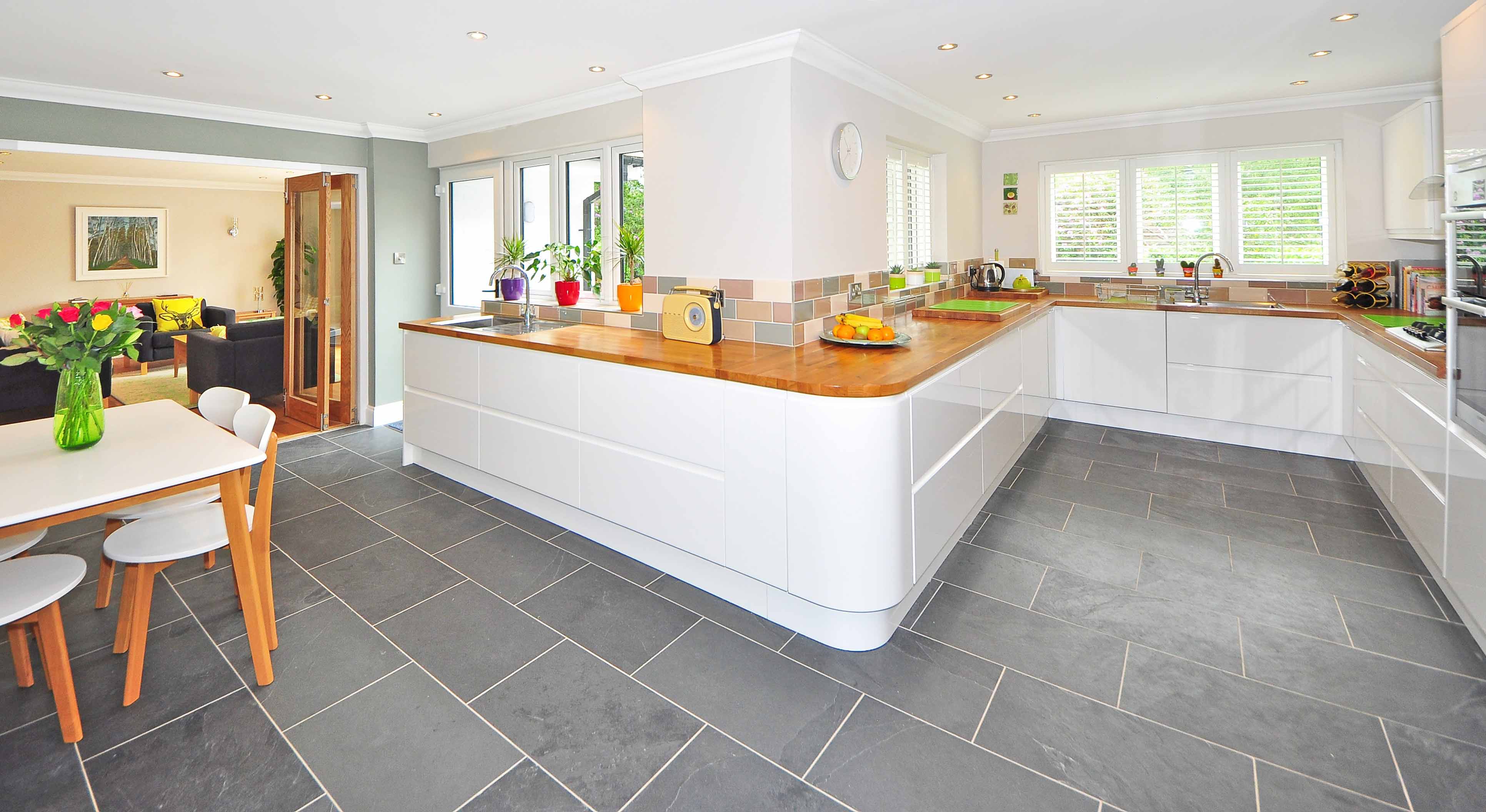DIY Home Improvement: Selecting the Right Underlayment for Your New Floor
You’ve picked out a great new flooring material for your DIY project – now you’re ready to fire up your tools and lay that new floor! Be careful not to skip an important step: pairing your new floor with the best underlayment. Underlayment goes on top of your subfloor (which is most commonly concrete, oriented strand board (OSB), or plywood) and underneath your finish flooring (the great new tile, hardwood, laminate, vinyl, or carpet you picked out). The type of material depends on which flooring you chose and is crucial to maintaining the look, quality, and durability of your finished floors. Read on to pair your new flooring with the right underlayment – and save a lot of headache (and heartburn) down the road!
Selecting Underlayment for Tile Flooring
The best underlayment for tile flooring includes:
- Cement Board Underlayment (CBU): Fibers in this underlayment reinforce cement construction that gives it the blend of flexibility and stability your new flooring requires. Popular sizes include 3’ by 5’ and 4’ by 8’, and CBU often comes in ¼” or ½” thickness. Sometimes called cement backer board, this material costs anywhere from $0.75 to $1.10 per square foot.
- DITRA Uncoupling Membrane: At ⅛” thick, this underlayment is low-profile but mighty. A grid of polyethylene squares distributes weight evenly to prevent cracking and allows for a solid bond for tile mortar. Meanwhile, the fleece backing protects your subfloor. At $1.55 to $1.90 per square foot, this is a premium material, but its quality makes a big difference!
Selecting Underlayment for Hardwood Flooring
Once you’ve found the perfect place for your hardwood, pair it with:
- Cork Hardwood Underlayment: Cork allows the hardwood to “breathe” and offers an easy-to-install material for underlayment. Easily the most affordable hardwood underlayment at $0.50 to $0.75 per square foot, Cork will also provide a buffer between your hardwood and subfloor. This underlayment will make your hardwood floors more comfortable to stand and walk on.
- Felt Hardwood Underlayment: Felt can offer more comfort than cork with varying thicknesses. Felt also offers a decent moisture resistance from below, but high-humidity areas may require a moisture barrier. At $0.75 to $1.25 per square foot, felt is still affordable and is easy to install.
- Rubber Hardwood Underlayment: Rubber provides excellent moisture resistance and ultimate noise reduction. Consider using this underlayment especially in upstairs applications. While rubber underlayment doesn’t require glue, its $1.15 to $1.50 per square foot cost makes it a premium underlayment material.
Selecting Underlayment for Laminate Flooring
Your laminate flooring will pair best with:
- Foam Laminate Underlayment: Foam is the most affordable underlayment for laminate, depending on the thickness you choose. Generally, thicker foam will provide greater comfort and noise reduction from level to level. At $0.22 to $0.45 per square foot, you can count on foam to provide adequate underlayment without breaking the bank.
- Acoustical Laminate Underlayment: For better comfort and noise reduction, upgrade to felt or cork over foam. Generally, cork underlayment will cost $0.50 to $0.75 per square foot. Felt, meanwhile, will run between $0.75 and $1.25 per square foot.
Selecting Underlayment for Vinyl Flooring
Vinyl flooring has a single preferred underlayment material: plywood. Easy to find at your local hardware store around $0.40 to $0.55 per square foot (or $1 per square foot for premium plywood), this material can be installed directly over your subfloor even if it’s also plywood or OSB (as long as it’s in good condition). Stagger your seams in large areas for best results!
Selecting Underlayment for Carpet Flooring
Underlayment for carpet flooring, often called carpet padding, is generally made of foam or rubber. You should choose high-density foam for high-traffic areas – or even upgrade to memory foam for ultimate comfort and reasonable durability. At $0.55 to $1.10 per square foot, you can find a quality foam carpet underlayment. Slab rubber underlayment is the best choice for quality, comfort, and durability, but its cost can be significantly higher than foam.
What if My Concrete Floors Are Cracked or Damaged?
If your concrete subfloor is showing signs of wear or damage – from settling, heavy use, or other issues – you can’t simply install new flooring to cover it. Luckily, self-leveling underlayment will help you correct for minor damage and issues with your concrete subfloor. Generally, you can pour up to an inch of the liquid that hardens to a level, solid underlayment for your flooring. Optionally, add a foam, cork, or rubber underlayment when appropriate for ultimate comfort!
Proper Installation is Key
When it comes to installing your flooring, proper installation can save you tons of money in the long run! When you need tips and tricks from the pros, give us a call or come see us at The Carpet Center. If you’re not as confident in your DIY skills as you were before you read about all that goes into a new floor, we’re here to help! With professional installation services and a huge selection of flooring, underlayment, and tools of the trade, we can make your new flooring project as easy as a phone call.

